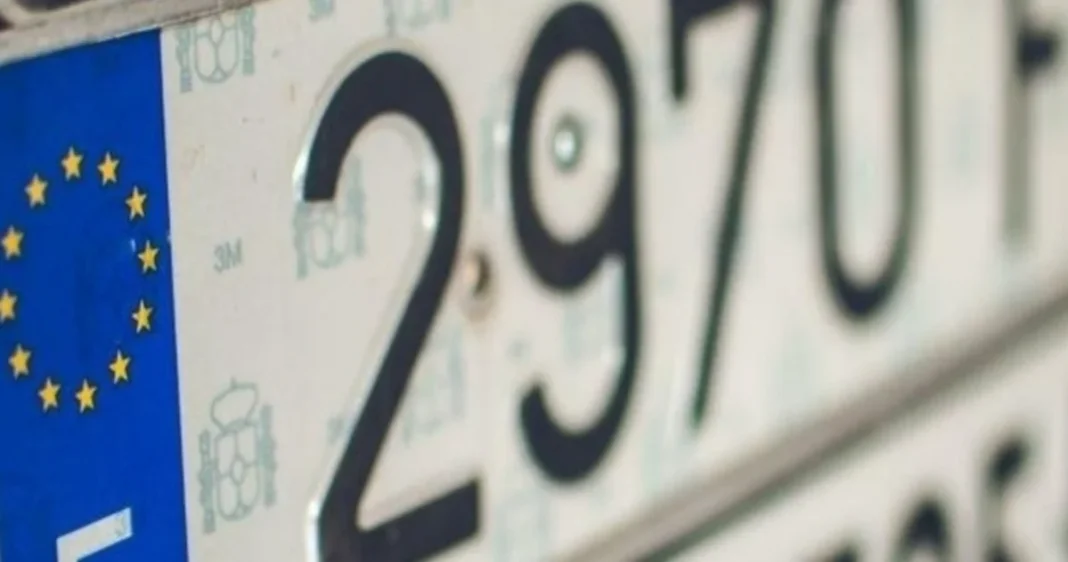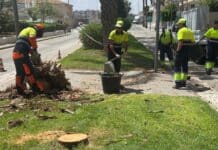Number plate spotters are in for a special surprise, as the letter M is about to appear imminently as the first letter on Spanish number plates.
The last batch of cars for which L was the first letter are in the process of being delivered to buyers, with the LZV combination being the latest to appear.
Thus, according to the forecasts and the normal rhythm of registrations, it is expected that the last LZZ plates and then the first MBB plates -vowels are not used in the registration system- will be delivered in the middle of September.
The first licence plates beginning with L were also delivered in September, but in 2019, so the letter will have taken exactly three years to run out, with a pandemic in between and its impact on consumption, also that of cars and motorcycles.
What years do number plates correspond to?
The first four-number, three-letter licence plates were put into circulation in September 2000, leaving behind the provincial registration system. Since then, it has been a quick method to identify the age of a car, and they have been distributed as follows:
-Registrations BBB to BZZ: September 2000 – October 2002
-Registrations CBB to CZZ: October 2002 – September 2004
-Registrations DBB to DZZ: September 2004 – May 2006
-Registrations FBB to FZZ: May 2006 – February 2008
-Registrations GBB to GZZ: February 2008 – December 2010
-Registrations HBB to HZZ: December 2010 – November 2014
-Registrations JBB to JZZ: November 2014 – June 2017
-Registrations KBB to KZZ: June 2017 – September 2019
-Registrations LBB to LZZ: September 2019 – September 2022
When will the three-letter licence plates in Spain run out?
At some point, the DGT will have to devise a new registration system before arriving at the 9999 ZZZ registration that will mark the end of the current four-number, three-letter code. But until then there is still plenty of time.
Since vowels are not used, there are still 12 letters to be used in the current system. They are M, N, P, Q, R, S, T, V, W, X, Y and Z. Each letter also allows the registration of 4,410,000 vehicles. Thus, almost 53 million new vehicles still need to be registered before switching systems, including motorcycles.
Predicting the moment in which this will happen is quite difficult, since the sale of motor vehicles is very sensitive to the economic circumstances of the moment. While at the beginning of the century more than 1.5 million new cars were registered per year -not counting motorcycles-, the 2008 crisis sank that data and in 2012 just over 700,000 first-hand cars were sold in Spain.
The recovery in consumption raised those figures to 1.3 million new cars in 2018, but the pandemic sank the figures again, and both 2020 and 2021 ended with just over 850,000 registrations.
This effect can also be seen in the plates of the vehicles that circulate on our roads. While the letters B through G sold out in periods of about two years, and sometimes even less, the licence plates beginning with H took almost four full years to sell out.
The three years that vehicles with the letter L have been registered are also an exceptionally long period, which indicates that it will be at least 30 years before the DGT is forced to make the system change.














